Premium Only Content
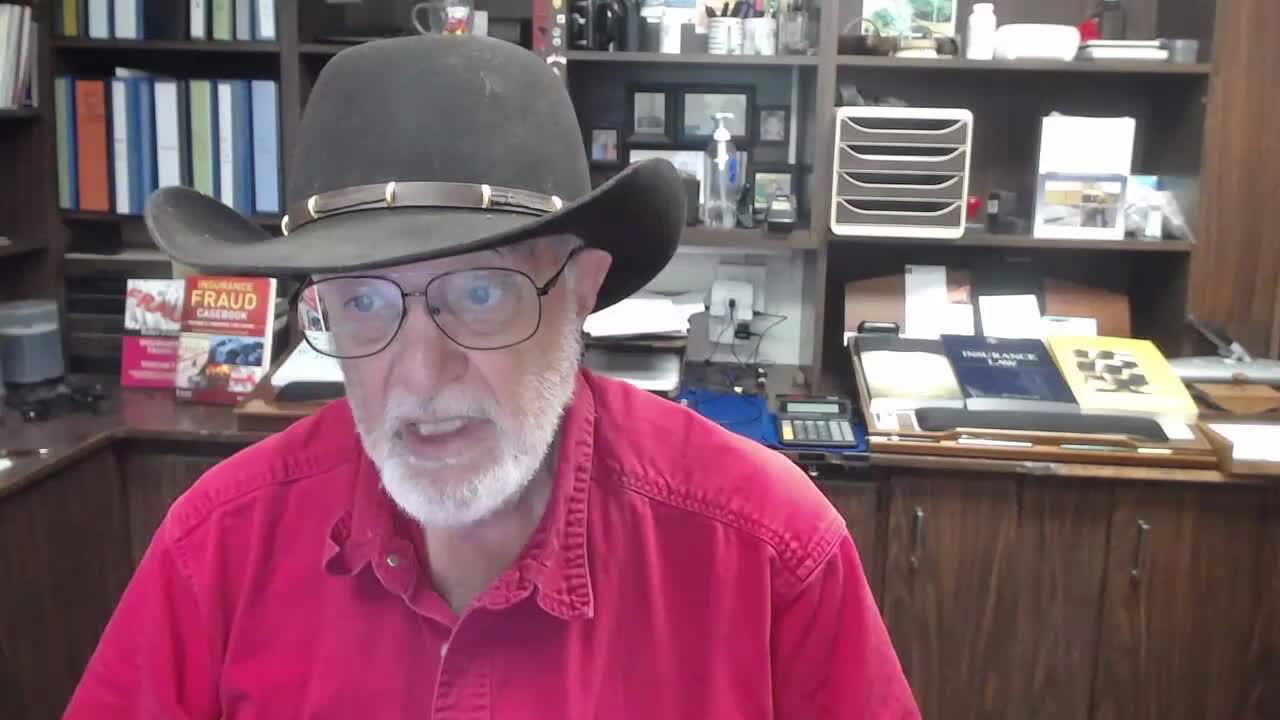
A Video Explaining the Concurrent Cause Doctrine
Concurrent Cause Doctrine
The concurrent cause doctrine holds that if more than one cause concurred to cause a loss, one of which is excluded and the other not, the entire loss is covered. It was finalized by the California Supreme Court in State Farm Mutual Auto Ins. Co. v. Partridge, 10 Cal. 3d 94, 109 Cal. Rptr. 811 (1973). In this case, the court found that coverage existed for defense and indemnity under a homeowners policy, even though the accident occurred while the insured was operating an automobile (excluded by the homeowners policy), because there was a non-excluded event that concurred to cause the loss. The facts of the Partridge case illustrate how the concurrent cause doctrine was born out of an outrageous fact situation and the potentiality doctrine first enunciated in Gray, supra.
The insured, Partridge, hunted rabbits from his pickup truck with a .357 Magnum pistol. One night at home, he filed down the trigger on his gun so that it had a “hair trigger.” Then, he and a friend went out hunting in the truck, scaring up rabbits in an open field. The gun sat on the bench seat between the insured and his friend. The truck hit a bump, the gun bounced on the seat, and, because of the hair trigger, it discharged and shot the passenger. The injuries from such a large weapon were understandably severe.
Partridge, the defendant (insured), had minimal liability coverage—$15,000—on his automobile and a limit of $25,000 on his homeowner’s policy. The plaintiff was severely injured and could not be made whole by the payment of either policy limit.
Both the insured’s auto policy and his homeowners policy were written by State Farm. Partridge demanded defense and indemnity from both policies. State Farm accepted the defense on the auto policy but refused to defend or indemnify under the homeowners policy because it clearly and unambiguously excluded loss resulting from the use of an automobile. State Farm reasoned that the gun would not have discharged at all if it was not bounced around in the insured’s truck. They made a logical interpretation of the policy—which the Supreme Court later concluded was wrong.
The Supreme Court found that there were two causes for the loss, which had to concur to cause the plaintiff injury: first, filing the hair trigger; and second, driving over an open field with the gun on the seat.
Coverage was provided under both policies since both causes concurred in the loss, and since they could not be separated from each other. The Court would not admit it, but the severity of the injury incurred by the plaintiff, coupled with the egregious negligence of the insured, could have weighed heavily in the creation of the concurrent cause doctrine.
-
 8:57
8:57
Barry Zalma, Inc. on Insurance Law
1 year agoNo Coverage for Benefits no Right to Bad Faith Damages
217 -
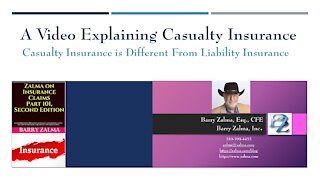 16:42
16:42
Barry Zalma, Inc. on Insurance Law
5 years agoA Video Explaining Casualty Insurance
81 -
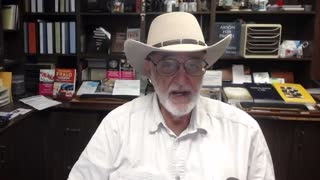 16:33
16:33
Barry Zalma, Inc. on Insurance Law
5 years agoA Video Explaining the Unethical Insured
17 -
 15:24
15:24
Barry Zalma, Inc. on Insurance Law
5 years agoA Video Explaining the Claims Made CGL
65 -
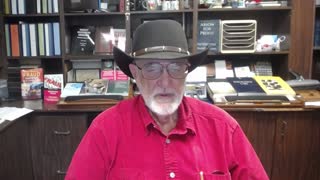 17:29
17:29
Barry Zalma, Inc. on Insurance Law
5 years agoA Video Explaining the Nature of Insurance Underwriting
38 -
 15:19
15:19
Barry Zalma, Inc. on Insurance Law
5 years agoA Video Explaining the Need for Construction Experts
55 -
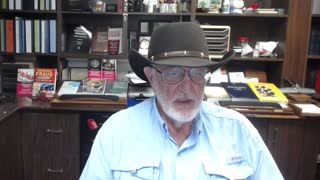 17:16
17:16
Barry Zalma, Inc. on Insurance Law
5 years agoA Video Explaining the Evidence Needed to Prove Fraud
414 -
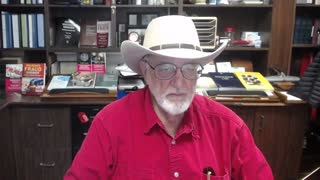 13:28
13:28
Barry Zalma, Inc. on Insurance Law
5 years agoA Video Explaining How a Claims Person Should Select Counsel
21 -
 20:42
20:42
Barry Zalma, Inc. on Insurance Law
5 years agoA Video Explaining the Duties of the Public Insurance Adjuster
67 -
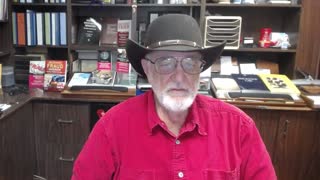 18:15
18:15
Barry Zalma, Inc. on Insurance Law
5 years agoA Video Explaining the Use of an Independent Medical Examinations
41